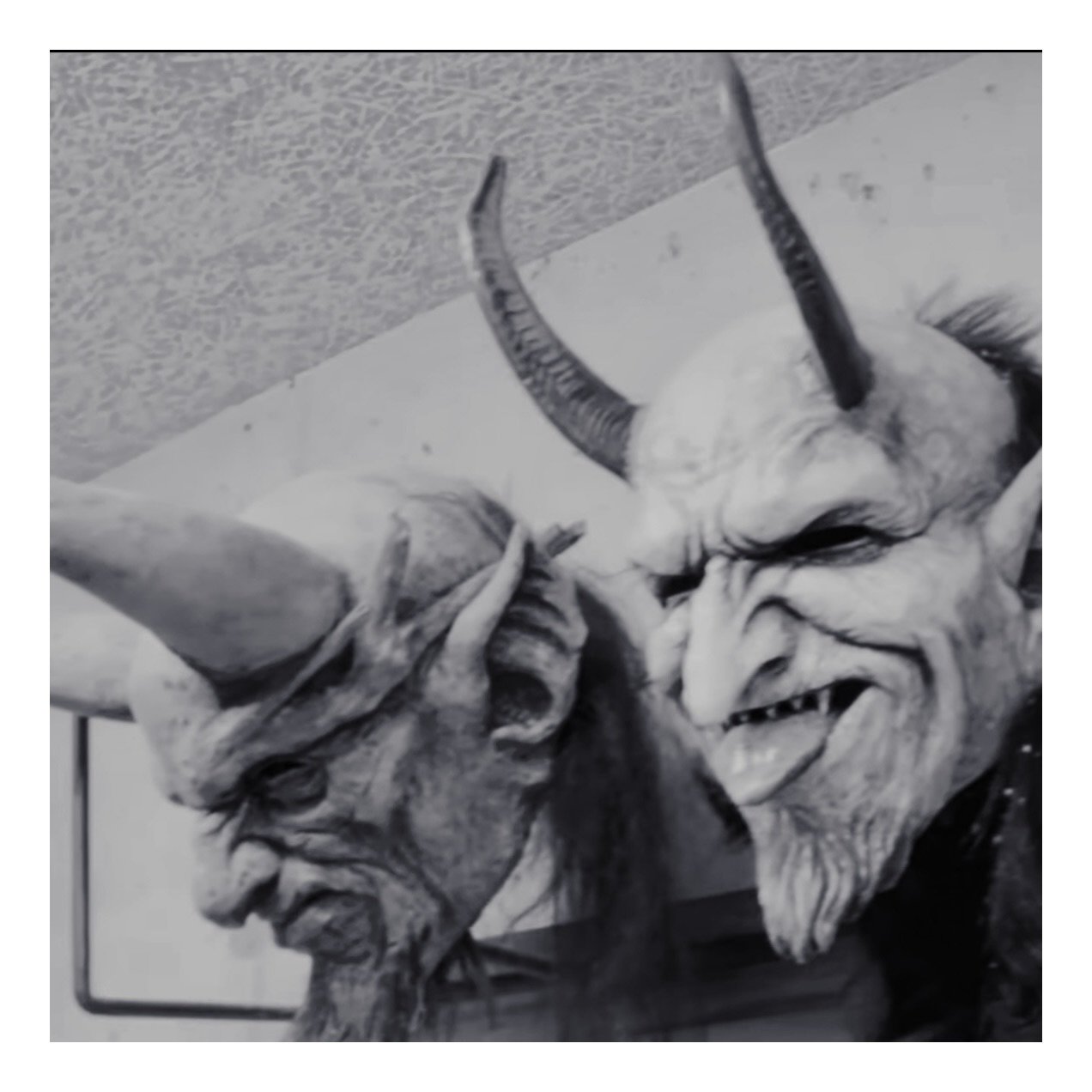“The Art of Freezing for Art: Mastering Winter Wonderland Photography”
One fine winter morning, with the kind of chill that freezes your breath midair, you grab your camera, bundled up like the Michelin Man, ready to conquer the snow-drenched wilderness for that one, Instagram-worthy shot. After all, isn’t frostbite a small price to pay for art? Here’s how you turn a winter wonderland into a wonder-filled portfolio, with tips served up alongside a hefty dose of irony.
1. Timing is Everything (But So is Warmth)
The article says to “chase the light” during golden hours—early morning or late afternoon. So, you set your alarm for 5 AM. But when it rings, you realize your bed is warm and the outside world is not. After convincing yourself art demands sacrifice, you stumble outside to find… no light. Turns out, you forgot about winter’s moody overcast skies. So you improvise: a moody black-and-white shot. Voilà, instant “artsy” vibes.
2. Gear Up for the Arctic (or Try)
Proper preparation is key. Waterproof boots, thermal gloves, and a weather-sealed camera are the order of the day. But, of course, your gloves are somewhere in last year’s closet, so you wing it with an old pair of socks over your hands. Trying to adjust manual settings with sock-mittens? That’s the real skill in winter photography.
3. Use the Snow’s Reflectivity (But Mind the Glare)
Snow acts like a giant reflector, creating soft light. Perfect, right? Except you forgot your sunglasses and end up squinting like you’re trying to decipher ancient runes on your camera screen. Pro tip: embrace the chaos. Shoot some overexposed shots and call it “intentional minimalism.”
4. Emphasize Contrast (And Pray for No Yellow Snow)
The article advises finding contrast in the snow’s white expanse. A lone tree or a splash of color works wonders. So, you find a perfect scene: a red scarf hanging on a branch. You’re halfway through composing the shot when a dog runs into the frame, adding a “unique element.” You let it stay because, hey, authenticity.
5. Mind the Elements (And Your Fingers)
Snow, ice, and fog add atmosphere, the article says. As you marvel at the icy details, you forget that your fingers have gone numb. But who needs sensation in their extremities when you’ve captured the frost on a twig? Nature’s masterpiece is worth a little suffering, isn’t it?
The Ironic Payoff
After hours in the cold, you return home, cheeks red, fingers frozen, and memory card full. Only to discover your best photo is a random shot you accidentally took while fumbling with your sock-covered hands. It’s blurry, off-center, but somehow captivating. You call it “Winter Whimsy,” post it online, and it goes viral.
Congratulations, you’ve mastered winter photography—not through skill, but sheer, ironic perseverance. Because in the end, the best winter photos are the ones that make you laugh when you realize how absurdly hard you worked to get them.





































